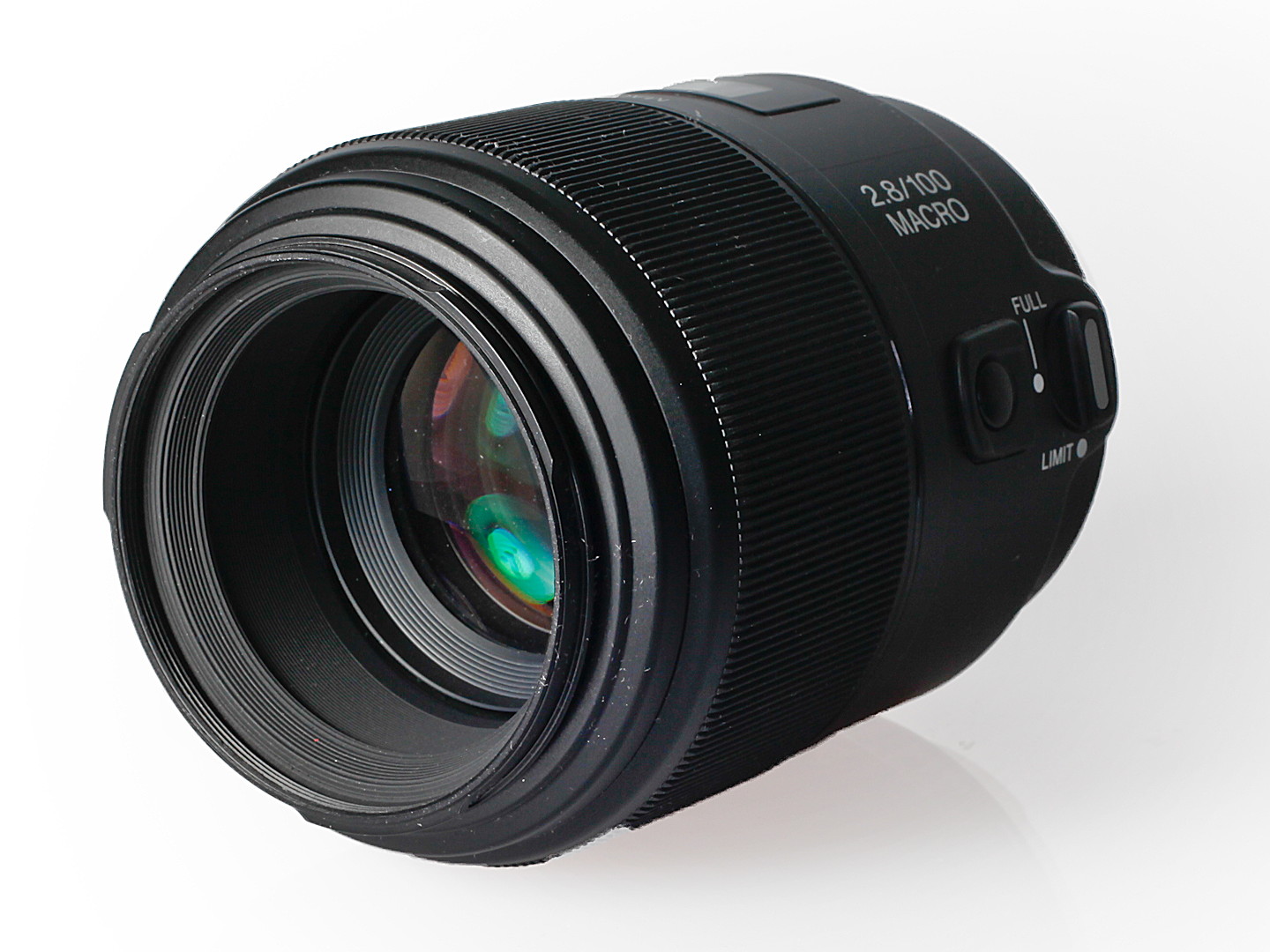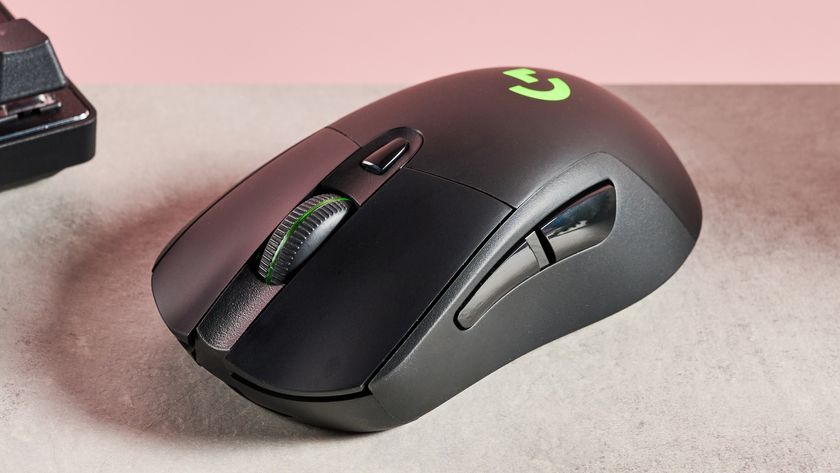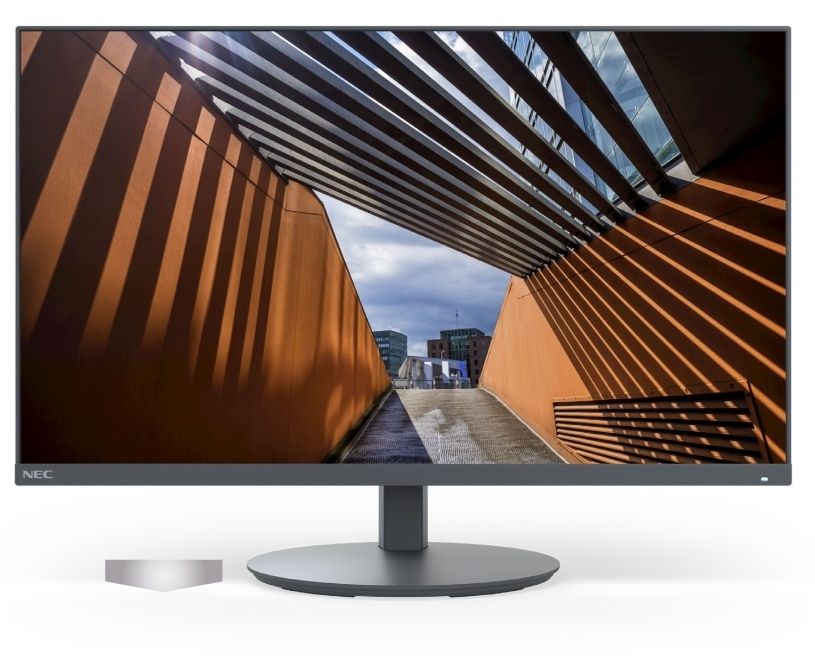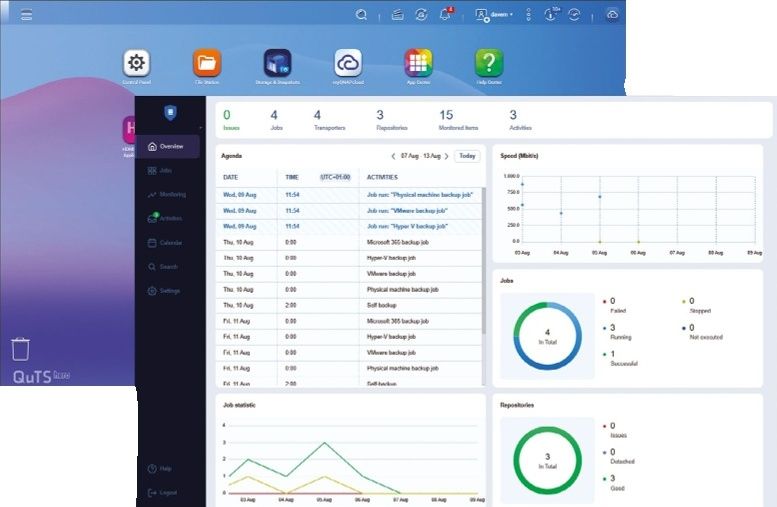TechRadar Verdict
Pros
- +
Impressive mid-range results
- +
Attractive and durable design
Cons
- -
Expensive for what you get
- -
Problems at extreme apertures
- -
Inconvenient focus fine-tuning
Why you can trust TechRadar
Based on the previous Minolta 100mm macro lens, the Sony 100mm f/2.8 Macro is one of two current Sony macro options, the other being the shorter 50mm f/2.8 lens. It's compatible with both full-frame DSLRs and Sony's extensive range of APS-C Alpha models, on the latter giving an effective focal length closer to around 150mm.
The optical construction has eight elements arranged in eight groups, and includes a floating system to correct for aberrations throughout the focusing range. It focuses from a 1:1 reproduction ratio right up to infinity, and with nine blades forming the diaphragm, it promises circular bokeh, too.
The outside casing is a smooth plastic that can be easily wiped clean, while the metal mount means that it should easily withstand years of being mounted and dismounted.
Although the lens lacks an internal focusing system, it's designed so that the front doesn't rotate as the inner barrel extends and retracts, thereby enabling filters to be used. Markings to indicate the lens' reproduction ratio also appear on the inner barrel as focus is bought closer, while a focus hold button on the side keeps focus locked in position for as long as it is held.
There's also a helpful focus limit dial, which blocks off the side of the focusing range that isn't being used. The lens can tell which side this is, based on wherever it's focused when the dial is turned. So, if you're shooting close up before turning the dial, the lens won't focus further than around 55cm away, and vice-versa.
This is particularly helpful since many other macro lenses simply offer the option to block off the closer part of the focusing range, which isn't much use if this is the side you happen to be using.
Just as impressive is the auto clutch mechanism, which severs the connection between the focusing ring and the camera's autofocus system, which means that it doesn't rotate while auto focusing. This is useful because the focusing ring itself takes up a significant proportion of the barrel, and to have this constantly rotating would only impede handling.
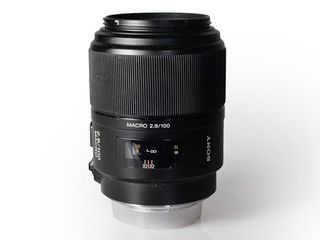
What it doesn't allow, however, is a quick and convenient way of fine-tuning autofocus with manual adjustment. Instead, manual focusing needs to be selected from the host body, which isn't exactly difficult, but at the same time isn't convenient either.
Although the focusing ring is more than generously sized, it's fairly resistant in use, which is possibly due to the mechanics of the Auto Clutch system. While frustrating when focusing between two points, some may prefer this because it encourages more cautious focusing.
With reproduction ratios consigned to the inner barrel, the distance window is free to show just the lens' focus in both feet and metres. As a result, this information isn't as cramped as it is inside the windows of other lenses, and it's positioned so that it can be clearly viewed from different angles.
